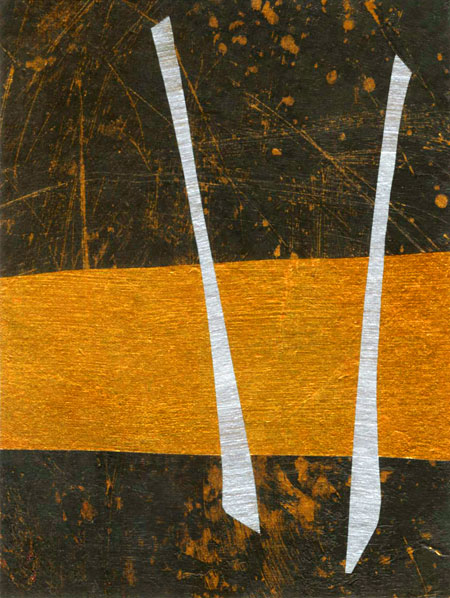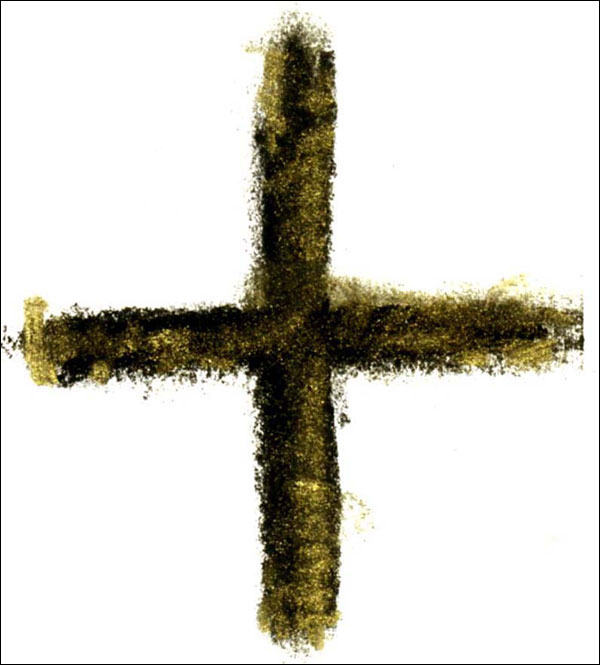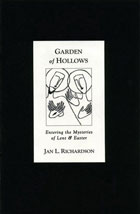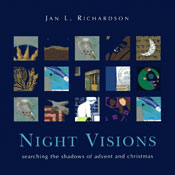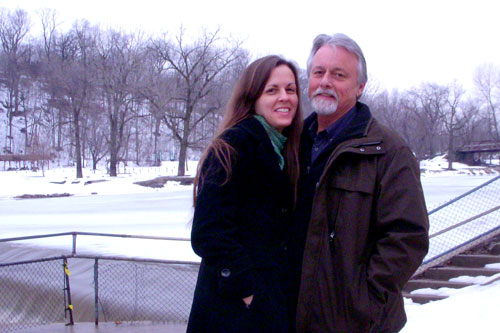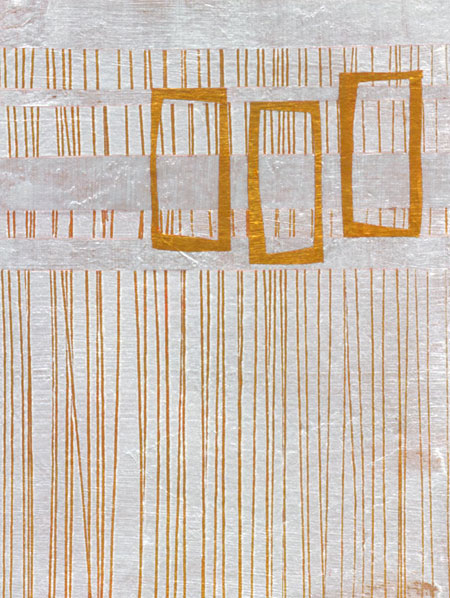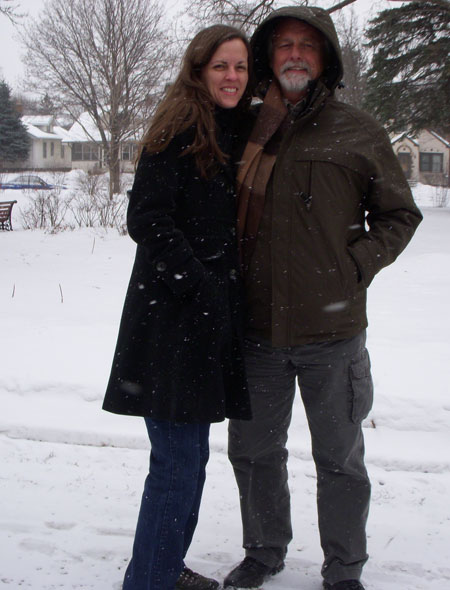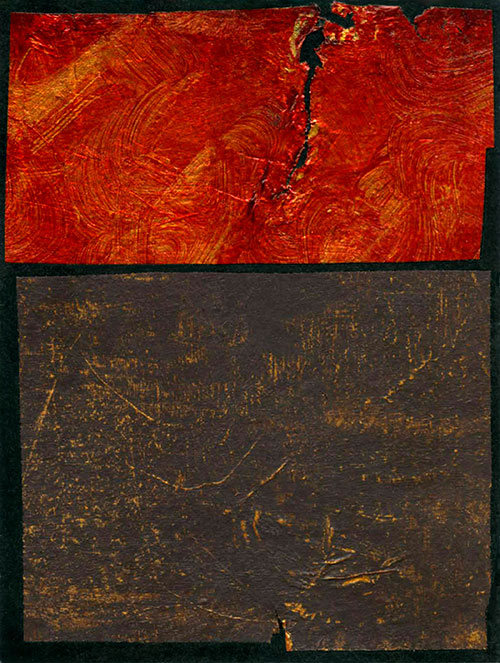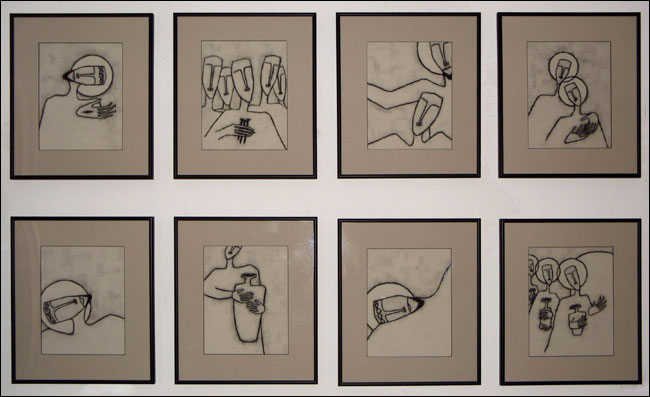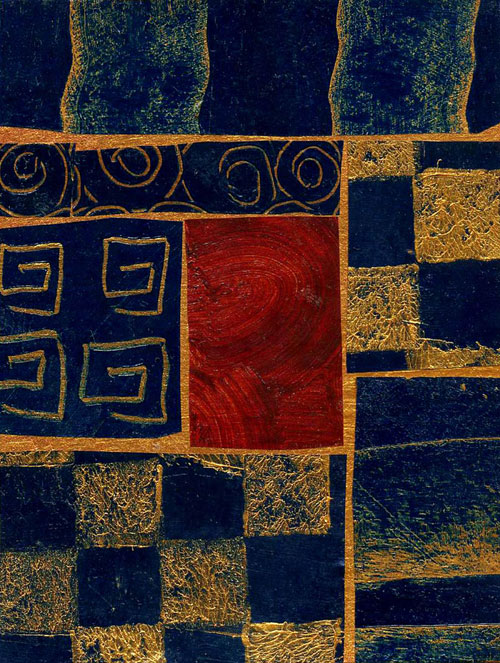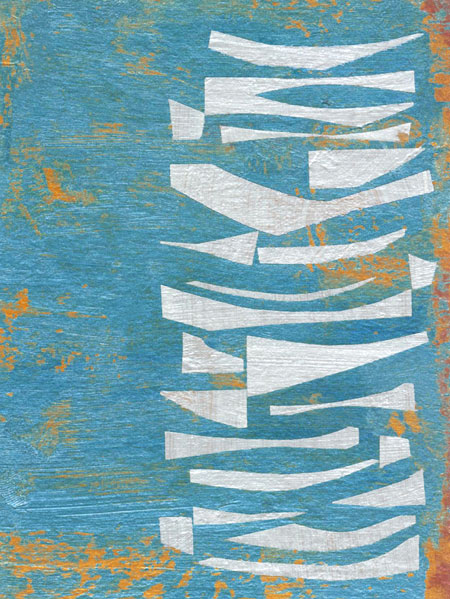
Born of Water, Born of Spirit © Jan L. Richardson
Reading from the Gospels, Lent 2 (March 20): John 3.1-17
Very sorry to be posting late in the week. I am easily distracted by shiny objects, and one came in the form of an enticing project that consumed the first part of my week. More on that in another post. Amidst it all, I have had Nicodemus and his nighttime visit with Jesus much on my mind.
We are just barely into Lent, a season suffused with wilderness and desert. Yet with its imagery of water and of Spirit, this Sunday’s Gospel lection brings us a welcome reminder that God provides sustenance to us in every season.
This text from John’s Gospel invites us to eavesdrop on the visit that Nicodemus pays to Jesus shortly after Jesus clears out the temple. The fact that Jesus and Nicodemus have their conversation at night seems fitting not just because the darkness offers a measure of protection and secrecy for Nicodemus, away from the eyes of his fellow Pharisees, but because Jesus speaks here of a mystery. In response to the question that Nicodemus asks about being born anew, Jesus does not really provide a clear explanation. Yet in his words about water and Spirit, about birthing and love, Jesus offers something better than an explanation: he extends to Nicodemus, and to us, an invitation to a relationship and to a journey of transformation.
I have contemplated this nighttime passage a couple of times previously, at Lent 2: In Which We Get Goosed and Lent 4: The Serpent in the Text, and invite you to visit those reflections. I don’t have many new words to say about this text, but I did get into the studio this week to create a collage and was glad for the ways the text drew me in some new directions into the story and into my art.
I want also to wish you a blessed Saint Patrick’s Day! I have written previously about this beloved saint at Feast of Saint Patrick and invite you to stop by and especially to click on the audio player near the end of that reflection; “Patrick on the Water” is a marvelous song that my husband, Garrison Doles, wrote for a Wellspring service that we did in celebration of St. Patrick.
Speaking of Garrison, his most recent CD also includes a song inspired by this week’s Gospel. Click the player below to hear “O Nicodemus” from his CD House of Prayer:
This week offers many reminders of God’s provision and love. And so, by water and Spirit born and blessed, may you be a living sign of that love, and a blessing to those whose path you cross.
[To use the “Born of Water, Born of Spirit” image, please visit this page at janrichardsonimages.com. Your use of janrichardsonimages.com helps make the ministry of The Painted Prayerbook possible. Thank you!]
Resources for the season: Looking toward Lent
And blogging daily at Sanctuary of Women during Lent…
